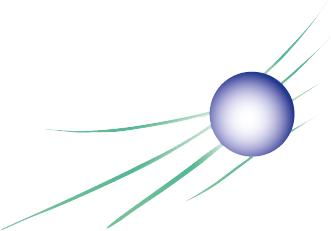Photosynthetic organisms use pigment networks to capture and transfer light energy with high efficiency. This process has inspired the development of artificial light-harvesting nanomaterials.
This article not only presents their research but also provides an overview of global advances in the design of nanomaterials based on organic fluorophores and inspired by photosynthesis. It highlights the challenges and design strategies involved. The controlled organization of dyes aims to:
• preserve high fluorescence quantum yield by limiting aggregation-related quenching,
• ensure rapid and efficient transfer of excitation energy,
• exploit the antenna effect, e.g. the emission of an acceptor is greatly amplified by the energy collected by the assembly.
The team reviews several major families of nanomaterials: covalent assemblies (dendrimers, macrocycles), aggregates of conventional dyes, aggregation-induced emission (AIE) materials, metal-organic frameworks (MOFs), ionic assemblies, and hybrid systems (dyes associated with biomolecules, polymers, micelles, or silica nanoparticles).
These nanomaterials can amplify a fluorescent signal, making them ideal platforms for developing highly sensitive sensors that can detect biomolecules, ions, or small molecules. This opens up new possibilities in biomedicine and diagnostics.
We would like to thank the authors for this contribution, which demonstrates our laboratory's commitment and expertise in this emerging and promising field.


